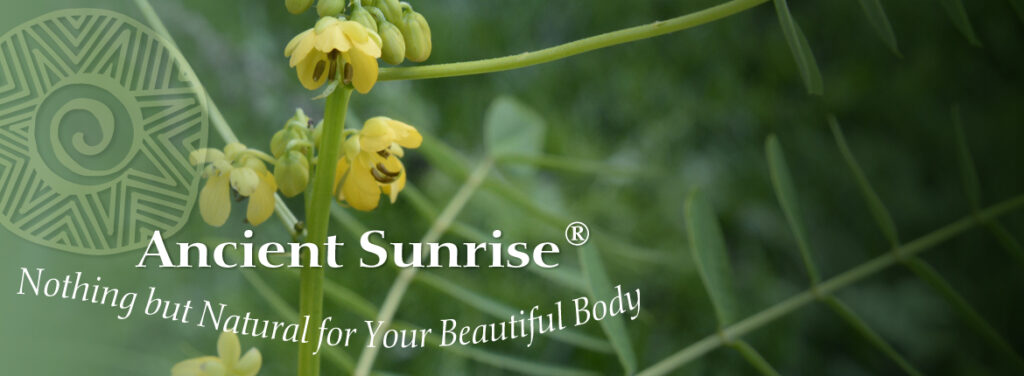Women’s hand and foot markings in pictorial and literary Persian art between the 13th century and the mid 19th are representations of henna body art. The henna patterns mirror the arts of the period that would have been familiar to women in their daily lives: ceramic tiles from the mosque and the baths, the woodwork in their homes, their clothing, carpets, amulets, and talismans. The manuscript representations are idealized but plausible representations of henna patterns within the limits of scale of miniature art. These depictions of henna body art can also be read for class, gender, and the narratives of social relationships. Thy also reflect the evolving Persian concept of ideal women’s beauty into the period of increased European influence on style in the Qajar dynasty.
For full-page display of the article, click the gear icon in the upper right-hand corner to open the settings menu, then click “Presentation Mode.” To save a copy of the article, click “Download” on the settings menu.

